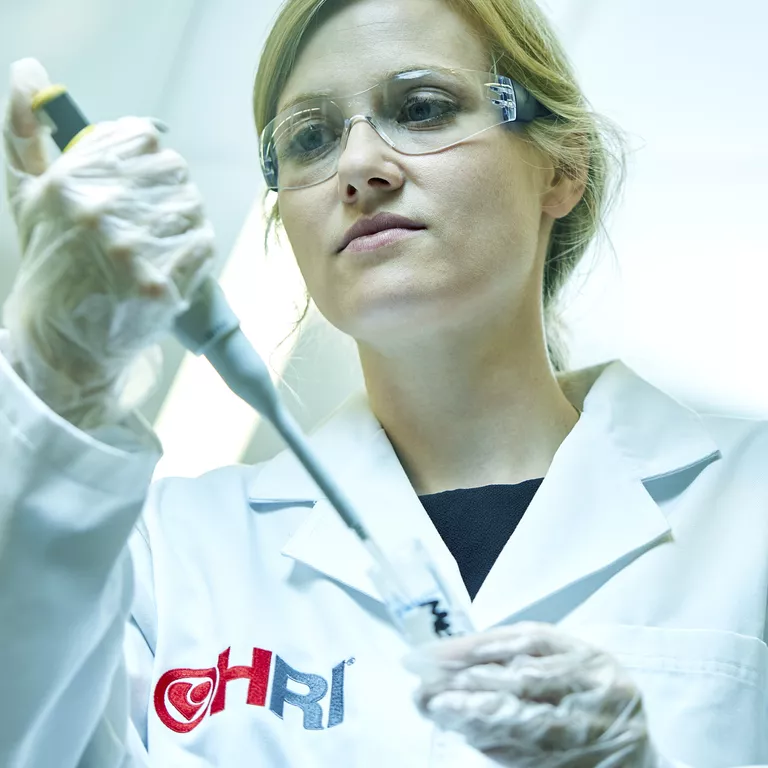A major risk factor for cardiovascular disease (CVD) is diabetes. In fact, people living with type 2 diabetes are over twice as likely to develop CVD, with the number one cause of death for people with type 2 diabetes being CVD.1,2
Diabetes can silently develop over months or even years before it’s diagnosed. According to experts, up to half a million Australians may have type 2 diabetes and not even be aware of it. Having type 2 diabetes affects the way our body uses fuel for energy, and it all starts with insulin resistance.
When we eat food containing a carbohydrate, it is broken down into its smallest form called ‘glucose’. Glucose can be used as energy, but it needs to get into our cells for this occur. This is where insulin comes into play. Consider insulin as the key to unlock the cell’s door. Our pancreas produces insulin whenever glucose is around, therefore preventing our blood glucose levels rising too high. Insulin resistance is like a rusty lock, preventing the insulin key from opening the door to the cell.
If you have type 2 diabetes, your body either resists the effects of insulin (insulin resistance) or doesn't produce enough insulin to maintain normal blood glucose levels. In some individuals, both could occur. The result? High blood glucose levels.








